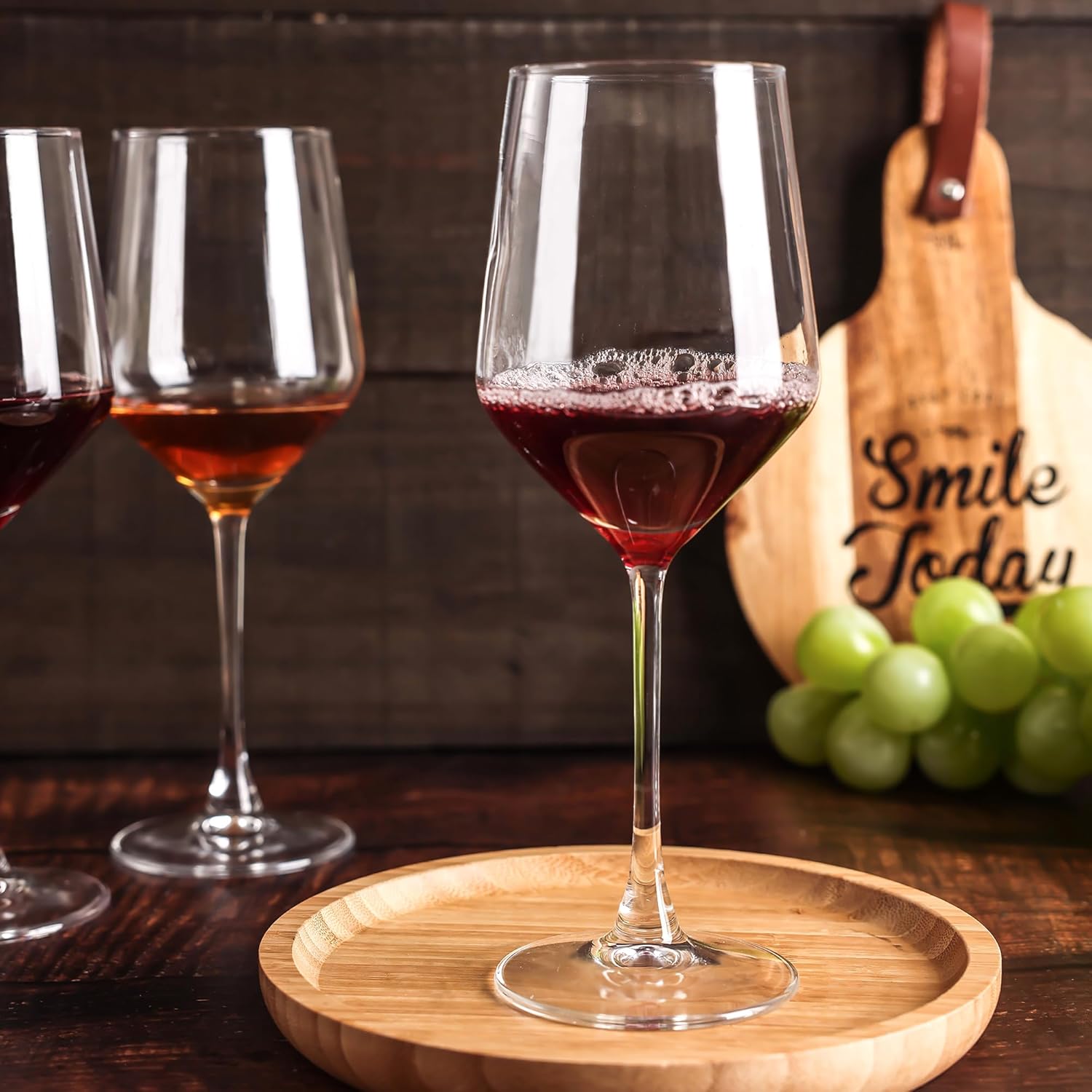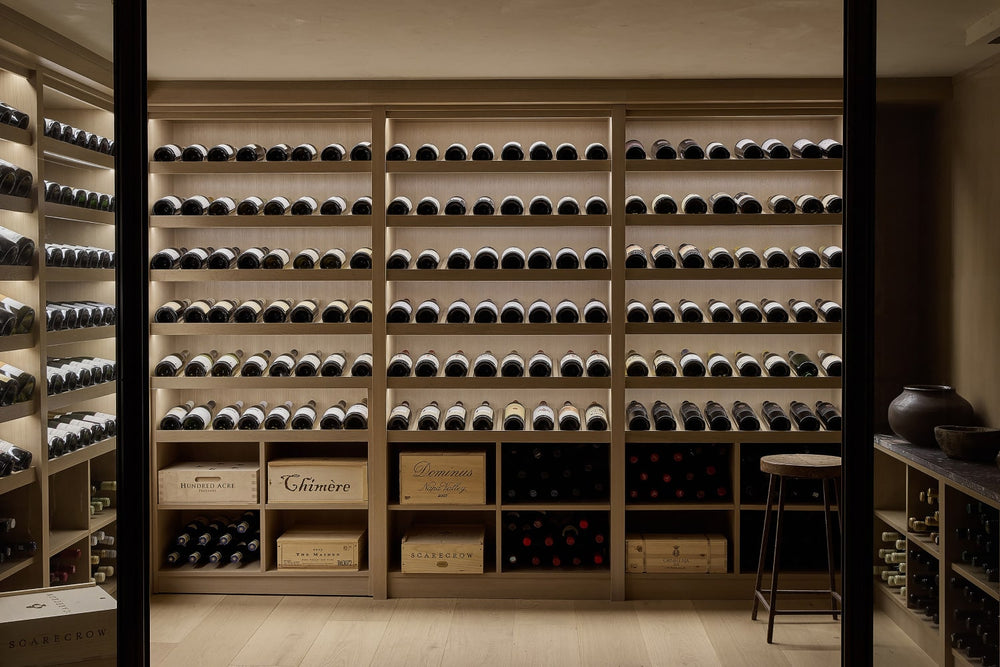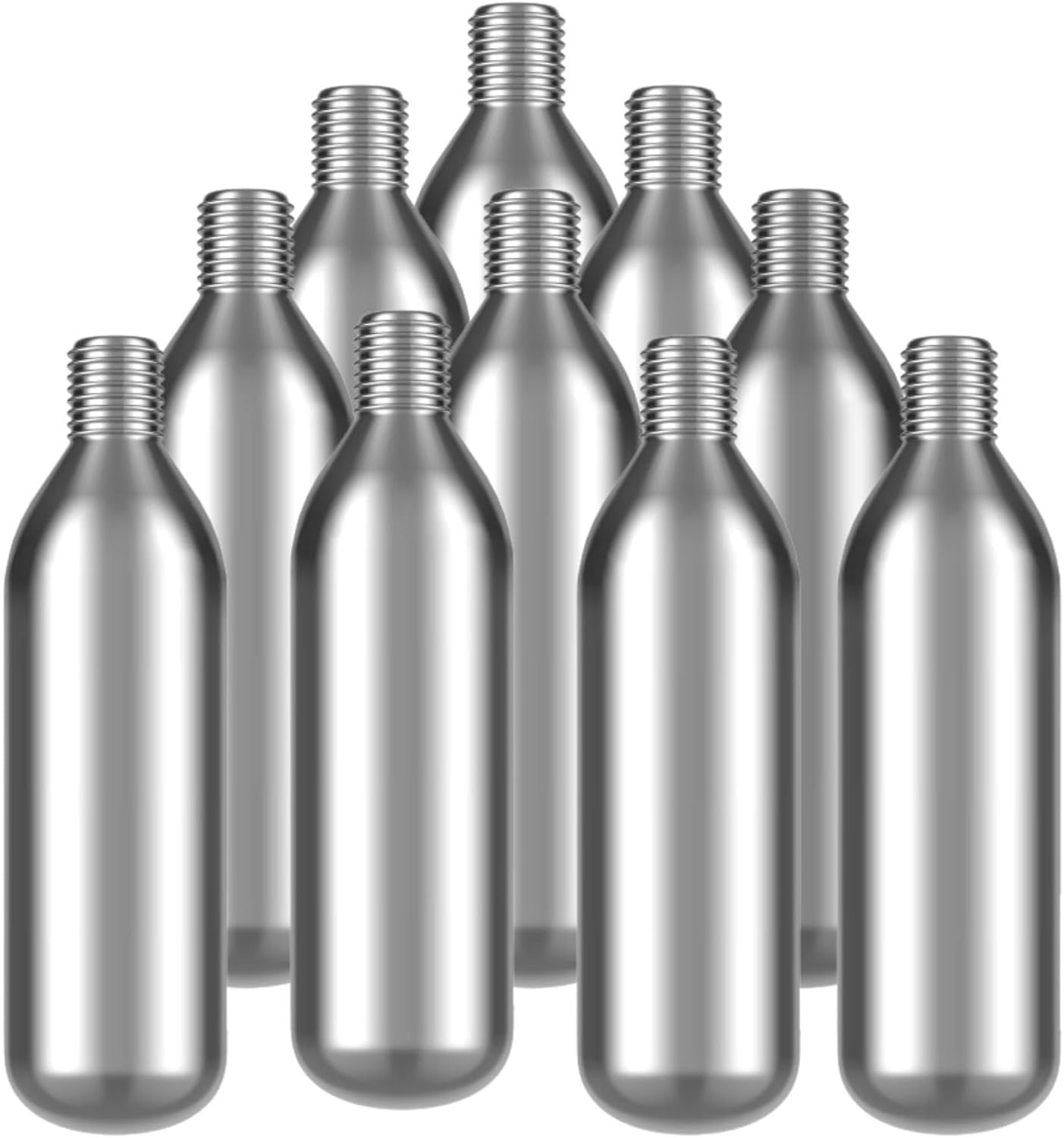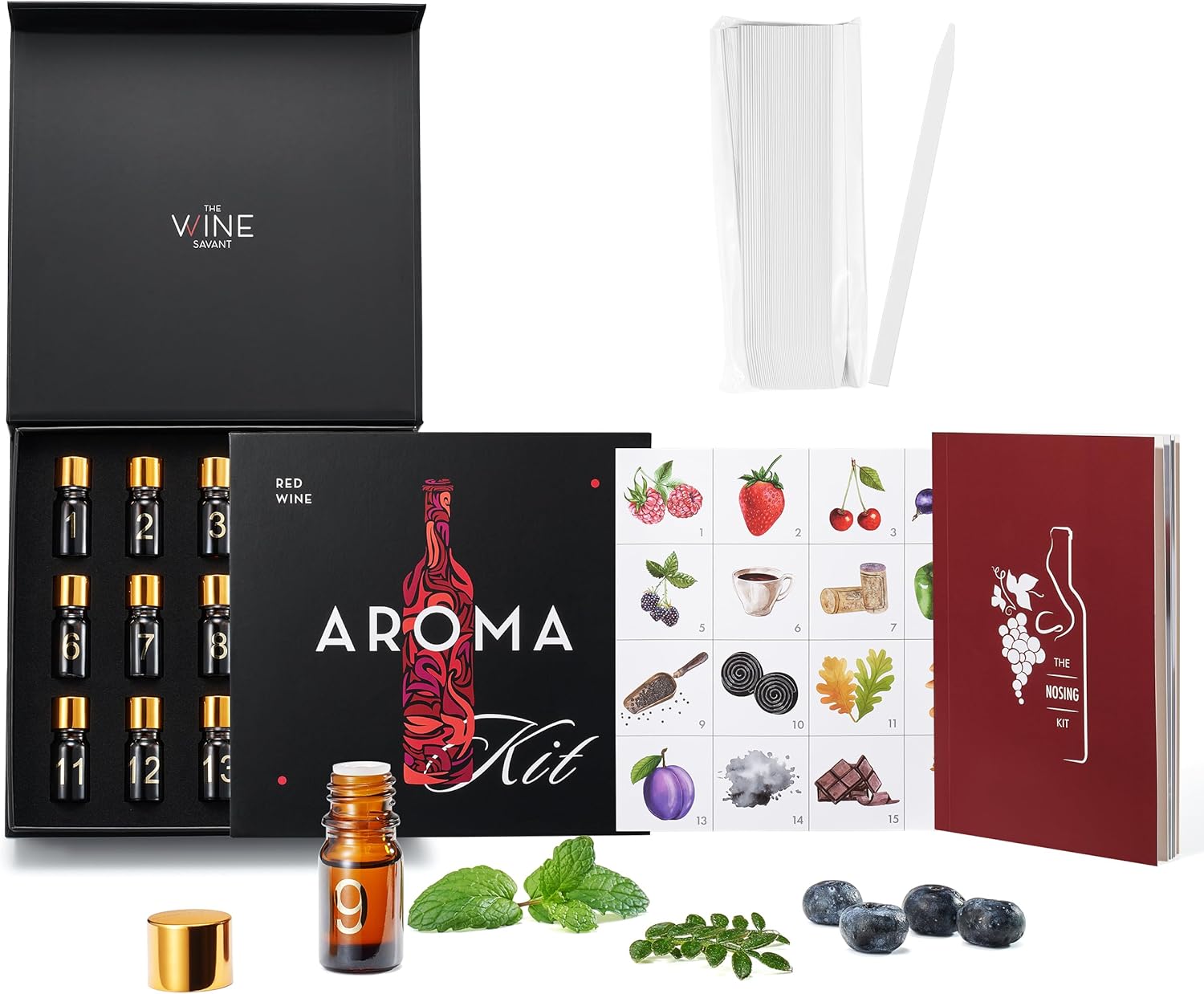No Wine Fridge? No Problem: A Definitive Guide to Storing Wine at Home
You’ve just brought home a beautiful bottle of Cabernet Sauvignon. Maybe it’s one of the best affordable wines of 2025, a gift from a friend, or a special selection from your favorite wine subscription box. The instinct is to put it on the kitchen counter, but you hesitate. You’ve heard that wine needs special care, but the idea of a bulky, expensive wine fridge seems like overkill. As a wine lover who has navigated tiny city apartments and sprawling suburban homes, I can tell you this: you absolutely do not need a wine fridge to properly store and protect your wine. You just need a little knowledge and creativity.
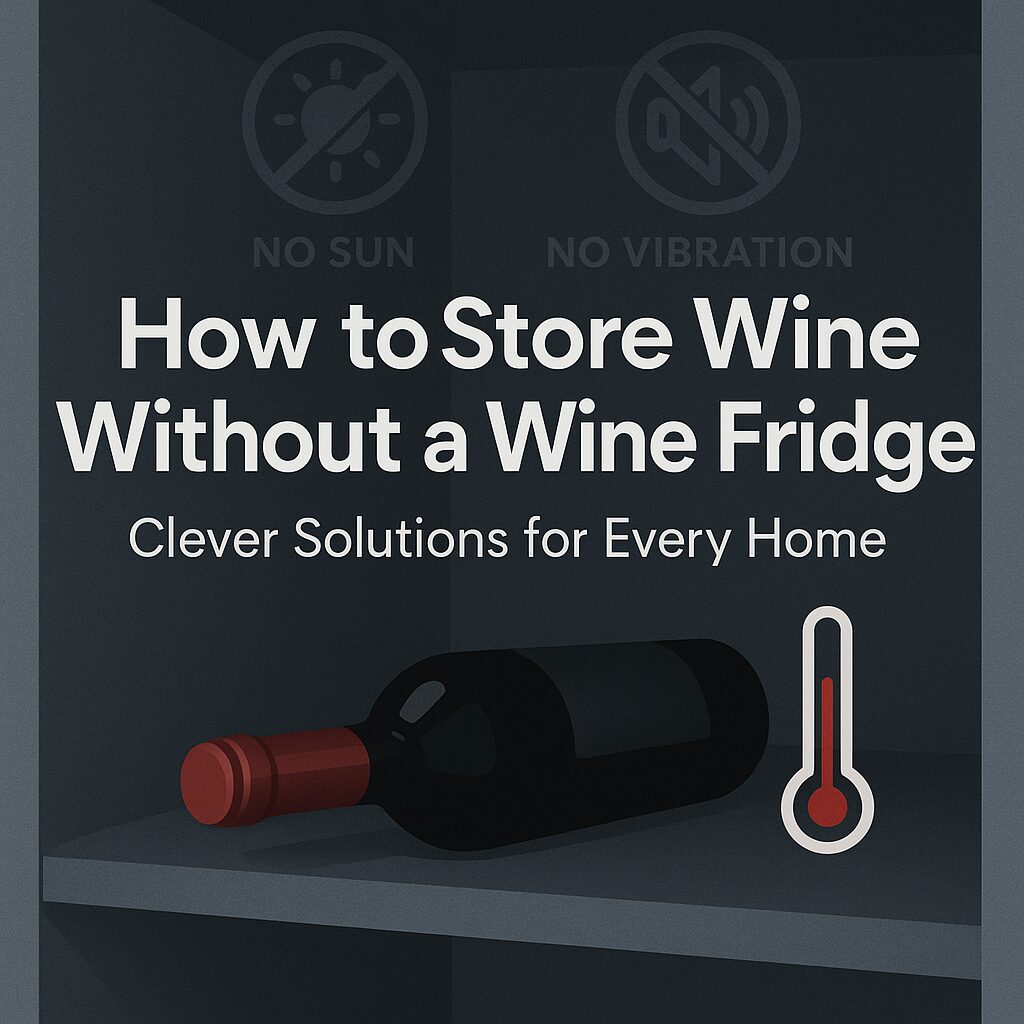
This guide is your masterclass in protecting your liquid treasures. We’ll dive deep into the science of why wine storage matters, uncover the golden rules that govern its well-being, and scout out the perfect (and worst) storage spots right in your own home. Forget the high-tech gadgets; we’re going back to basics to ensure every bottle you open is as delicious as the winemaker intended.
Affiliate Disclosure: This post contains affiliate links from Amazon. If you make a purchase through these links, we may earn a small commission at no extra cost to you. This helps support our mission to bring you the best wine advice. We only recommend products we genuinely believe in. Cheers!
The Science of Spoilage: Why Proper Wine Storage Isn’t Just for Snobs
Before we turn your closet into a makeshift cellar, it’s crucial to understand *why* these storage rules exist. It’s not about arbitrary tradition; it’s about chemistry. Wine is a living, breathing entity. Inside that bottle is a complex cocktail of chemical compounds—phenols, esters, tannins—that are constantly evolving. Proper storage isn’t about stopping this evolution; it’s about guiding it gracefully so the wine develops beautiful new flavors and aromas, a process we call “aging.” Improper storage, on the other hand, fast-forwards this process in the worst way possible, leading to disaster.
There are four main enemies of wine:
- Heat: This is wine’s number one nemesis. When wine gets too warm (above 70°F or 21°C), the aging process goes into overdrive. Delicate flavors are “cooked,” resulting in a flat, jammy, or raisin-like taste. The alcohol and acids can become more pronounced, creating a harsh, unbalanced profile. Even worse, heat can cause the liquid to expand, pushing the cork out and allowing oxygen to seep in.
- Light: Specifically, UV light from the sun. UV rays can degrade the organic compounds in wine, particularly the delicate tannins that give red wine its structure. This phenomenon is known as “light strike.” It can make a wine taste dull and create unpleasant aromas, sometimes described as wet cardboard or cabbage. This is why most wine bottles are made of colored glass—it’s built-in sunscreen!
- Vibration: Constant jiggling and shaking might not seem like a big deal, but it is. Vibration disturbs the sediment in older wines, preventing it from settling and reintegrating it into the liquid, which can make the wine gritty. More importantly, it can speed up chemical reactions in the bottle, prematurely aging the wine and potentially disturbing its delicate flavor profile.
- Oxygen: While a little oxygen is beneficial during winemaking and when you first open a bottle (this is why we use the best wine decanters), prolonged exposure is catastrophic. It causes oxidation, the same process that turns a sliced apple brown. Oxidized wine loses its fresh, fruity character and develops nutty, bruised-fruit flavors. It will eventually turn into vinegar. The cork is the primary defense against this, so its integrity is paramount.
Understanding these four horsemen of the wine-pocalypse is the first step. Now, let’s learn how to defeat them.
The 5 Golden Rules of Storing Wine (Without a Fridge)
If you remember nothing else, remember these five principles. They are the foundation of all good wine storage, whether you have a multi-million dollar cellar or a tiny apartment closet.
- Keep It Cool: Aim for a temperature between 45-65°F (7-18°C).
- Keep It Dark: Avoid direct sunlight and bright artificial lights at all costs.
- Keep It Still: Minimize vibrations from appliances or heavy foot traffic.
- Keep It Sideways: Store bottles horizontally to keep the cork moist.
- Keep It Consistent: Avoid rapid and extreme temperature fluctuations.
For a deeper dive into creating the perfect environment, check out our guide to wine cellar essentials, which breaks down these principles in even more detail.
Golden Rule Deep Dive: Mastering the Art of Passive Cellaring
Let’s take a closer look at each of those five rules and explore the practical steps you can take to follow them in a typical American home.
1. Keep It Cool (But Not Too Cold)
The ideal temperature for long-term wine storage is around 55°F (13°C). However, for short-to-medium term storage (anything from a few days to a year), a consistent temperature anywhere between 45°F and 65°F (7-18°C) is perfectly acceptable. The key word here is *consistent*.
Why it matters: As mentioned, heat is the fastest way to ruin wine. It accelerates chemical reactions, essentially stewing the delicate flavors. A regular refrigerator, which is typically set around 35-40°F (2-4°C), is actually too cold for long-term storage. The cold can stunt the wine’s development, and the lack of humidity can dry out the cork over many months. For a few days before serving? Fine. For a year? Not ideal.
Your Home Solution: You need to find the coolest, most stable spot in your house. Think like a root cellar. Basements are often the perfect choice. An interior closet (one that doesn’t share a wall with the outside of your house) on the lowest floor is another excellent candidate. Even the space under a bed or stairs can work if it’s away from heating vents.
2. Keep It Dark
Darkness is your wine’s best friend. Treat your bottles like vampires; they need to be shielded from the light, especially direct sunlight.
Why it matters: UV rays penetrate the glass (even dark glass) and break down the complex molecules responsible for the flavor and aroma of your wine. This “light strike” can happen surprisingly quickly. A bottle left on a sunny windowsill for even a few weeks can be noticeably damaged. Fluorescent lights also emit a small amount of UV, so a constantly lit pantry isn’t ideal either.
Your Home Solution: This one is easy. Closets, cabinets, basements, or any enclosed space will do the trick. If you must store your wine in a room with windows, put the bottles inside a cardboard box or wrap them in cloth. This provides an extra layer of protection against ambient light. Never, ever store wine on a kitchen counter or on an open rack next to a window.
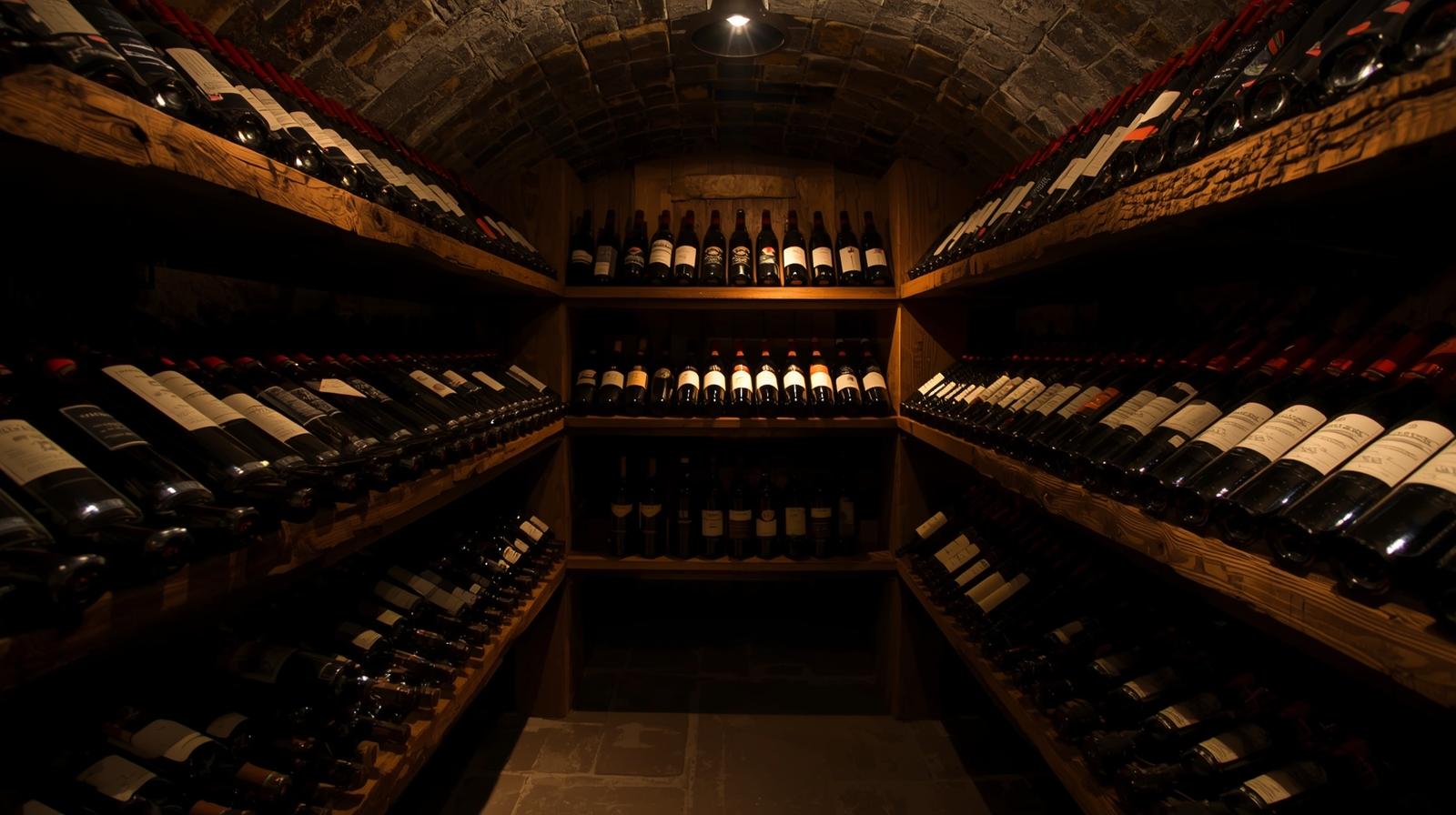
3. Keep It Still
Wine prefers a tranquil, undisturbed existence. Constant movement and vibration are subtle enemies that can cause harm over time.
Why it matters: The theory is that constant vibration agitates the wine, speeding up chemical reactions and causing it to age prematurely. For older red wines that naturally develop sediment, vibrations prevent this sediment from settling, leading to a cloudy and potentially gritty glass of wine. While everyday foot traffic is unlikely to cause major issues, the constant hum and rattle of a washing machine, dryer, or dishwasher can have a cumulative negative effect.
Your Home Solution: Choose a storage spot away from major appliances. Don’t store your wine rack on top of your regular refrigerator, next to the laundry machines, or near a home theater subwoofer. A quiet closet, a cool basement corner, or a dedicated cabinet are all great, vibration-free zones.
4. Keep It Sideways (For Corked Wines)
This is one of the most well-known rules, and for good reason. If a bottle has a natural cork, it should be stored on its side.
Why it matters: Storing a bottle horizontally ensures that the wine is in constant contact with the cork. This keeps the cork moist and expanded, maintaining a tight seal. If the bottle is stored upright for a long time (many months or years), the cork can dry out, shrink, and become brittle. This can allow tiny amounts of oxygen to seep into the bottle, leading to oxidation. A dry cork is also more likely to crumble and fall into the wine when you try to open it. For wines with screw caps or synthetic corks, this rule doesn’t apply, but it’s still good practice to store them horizontally for space and organizational purposes.
Your Home Solution: This is where a simple wine rack becomes invaluable. It’s the easiest way to ensure all your bottles are stored correctly. You don’t need anything fancy or expensive; a basic rack that holds the bottles horizontally is all you need. For a quick overview of different storage methods, including racking, you can reference our guide on how to store wine at home.
5. Keep It Consistent
Perhaps the most important and often overlooked rule is consistency. A wine stored at a constant 68°F is far better off than a wine that swings from 50°F in the winter to 80°F in the summer.
Why it matters: Drastic and frequent temperature swings cause the wine in the bottle to expand and contract. This constant change in pressure can stress the cork and compromise its seal, letting in oxygen. Imagine a bottle stored in a garage: cool at night, baking during the day. This daily cycle of expansion and contraction is a death sentence for wine. Stability is more important than achieving the “perfect” 55°F.
Your Home Solution: This is why interior spaces are so much better than exterior ones. Find a location in your home that has the most stable year-round temperature. A basement is king because it’s naturally insulated by the earth. An interior closet on the lowest floor is the next best thing. Avoid attics, garages, and sheds at all costs, as these locations experience the most extreme temperature fluctuations.
Scouting Your Home: Best & Worst Places for Wine Storage
Now that you’re armed with the five golden rules, let’s go on a mission to find the perfect non-fridge “wine cellar” in your home.
The Best Spots (Your Makeshift Cellars)
- ✅ A Basement: The undisputed champion. It’s naturally cool, dark, and typically has a stable temperature year-round. Any corner away from the furnace or water heater is prime real estate.
- ✅ An Interior Closet: A closet on the ground floor that doesn’t share walls with the outside is an excellent choice. A bedroom or hall closet is often perfect.
- ✅ Under the Stairs: This often-unused space can be a hidden gem. It’s usually dark, untrafficked, and maintains a stable temperature.
- ✅ A Temperature-Controlled Pantry or Cabinet: If you have a deep pantry or kitchen cabinet that is far away from the oven, stove, and dishwasher, it can work for short-term storage (a few months).
The Worst Spots (The Wine Killers)
- ❌ The Kitchen Countertop: This is the absolute worst place. It’s exposed to heat from cooking, bright light, and constant vibrations.
- ❌ On Top of the Refrigerator: While tempting, this spot is a triple threat: it’s warm from the fridge’s heat coils, vibrates from the compressor, and is often exposed to light.
- ❌ The Garage or Shed: These spaces are not insulated and experience wild temperature swings with the seasons. They are far too hot in the summer and potentially too cold in the winter.
- ❌ The Attic: The attic is a heat trap. In the summer, temperatures can soar well over 100°F (38°C), effectively cooking your wine in a matter of hours.
- ❌ Next to a Window: Direct sunlight, as we’ve learned, is a fast track to light strike and ruined wine.
Your Wine Storage Toolkit: Essential & Affordable Products
You don’t need to spend a fortune to create a great storage setup. Here are a few key items, all available on Amazon, that will transform any suitable space into a proper home for your wine.
1. The Foundation: A Sturdy Wine Rack
A wine rack is non-negotiable for keeping your bottles stored safely on their side. Look for something sturdy that fits your space and collection size. It’s a fantastic and practical item, making it a perfect choice for our list of wine gift ideas for her (or him!).

BAMBOO 12-BOTTLE WINE RACK
Simple, sustainable, and sturdy. This classic wave design is perfect for countertops (in a dark corner!) or fitting inside a closet or cabinet. Easy to assemble and looks great.
Check Price on Amazon
STACKABLE MODULAR WINE RACK
Start small and grow your collection. These modular racks can be stacked in various configurations to fit your space perfectly, whether it’s under the stairs or in a large closet.
Check Price on Amazon
WALL-MOUNTED METAL WINE RACK
If floor space is at a premium, go vertical! Mount this on an interior wall in a dark hallway or pantry. It turns your wine collection into a piece of functional art.
Check Price on Amazon2. The Guardian: A Digital Thermometer/Hygrometer
How do you know if your chosen spot is truly stable? You measure it. A simple digital thermometer that also measures humidity (a hygrometer) is an essential tool. Place it in your storage area and monitor it for a few days to see the temperature range.

Govee Thermometer Hygrometer
This is a bestseller for a reason. It’s accurate, has a large easy-to-read display, and can even connect to your phone via Bluetooth to track temperature trends over time. Perfect for monitoring your makeshift cellar.
Check Price on Amazon3. The Saver: Wine Preservation Tools
What about after you’ve opened a bottle? Your enemy is now oxygen, and you need to fight back to preserve the wine for a few more days. While it’s always best to enjoy wine after opening it with a set of the best wine glasses for red wine, sometimes you can’t finish the bottle.

Vacu Vin Wine Saver Pump
A classic for a reason. This simple pump removes air from the bottle, and the rubber stopper creates a vacuum seal. It can preserve an open bottle of wine for up to a week. An absolute must-have.
Check Price on Amazon
Rabbit Wine and Beverage Bottle Stoppers
For short-term preservation (1-2 days), a simple, airtight stopper is often enough. These silicone stoppers create a tight seal, are easy to use, and prevent spills if you store the bottle on its side in the fridge.
Check Price on AmazonFrequently Asked Questions (FAQ)
How long can I store wine without a wine fridge?
If you follow the 5 golden rules and find a cool, dark, stable spot (like a basement), you can successfully store most wines for 1-5 years. Truly age-worthy, high-end wines meant for decades of cellaring really do benefit from the perfect conditions of a wine fridge or cellar, but for the vast majority of wines people buy, a good passive storage spot is more than sufficient.
Can I store red and white wine together?
Yes, absolutely. While the ideal *serving* temperatures differ, the ideal long-term *storage* temperature of around 55°F (13°C) is perfect for all types of wine—red, white, rosé, and sparkling. Store them all together in your chosen spot.
What about those special organic or natural wines?
This is a great question. Some organic and natural wines are made with very low levels of sulfur dioxide (a preservative). This can make them more fragile and sensitive to heat and temperature fluctuations. For these wines, following the storage rules is even more critical. They are generally meant for earlier consumption, so aim to drink them within a year or two of purchase unless the producer states otherwise.
Is my regular kitchen refrigerator really that bad?
For long-term storage (more than a month or two), yes. The temperature is too cold, which can stunt a wine’s aging potential. More importantly, the refrigerator motor creates a low-humidity environment that can dry out corks over time, leading to oxidation. It’s fine for storing an open bottle for a few days or for chilling a white wine before serving, but it’s not a cellar.
Do I need to worry about humidity?
For most people storing wine for a few years, humidity isn’t a primary concern unless you live in an extremely arid climate. The ideal humidity is around 70% to keep corks from drying out. Most basements naturally fall in a good range (50-80%). If your corks seem brittle, you could place a small pan of water in your storage area, but for most at-home collectors, focusing on temperature, light, and stability is more than enough.
Conclusion: Your Wine Is Safer Than You Think
The world of wine can sometimes feel intimidating, with its specialized gadgets and complex terminology (if you ever get lost, our wine glossary for beginners is a great resource!). But as you’ve seen, the principles of proper wine storage are refreshingly simple and achievable for anyone. You don’t need expensive equipment, just a thoughtful approach to the environment you already have.
By finding a space that is cool, dark, still, and stable, and by investing in a simple rack to keep your bottles on their side, you are giving your wine a 99% chance of a long and happy life. You’re protecting your investment, whether it’s a $15 bottle of Malbec or a $100 bottle of Bordeaux, and ensuring that when you’re finally ready to pop that cork, the wine will be vibrant, delicious, and exactly what you were hoping for.
So go on, explore that closet, scout that basement, and build your own little sanctuary for your wine. Your palate will thank you for it. Cheers!

